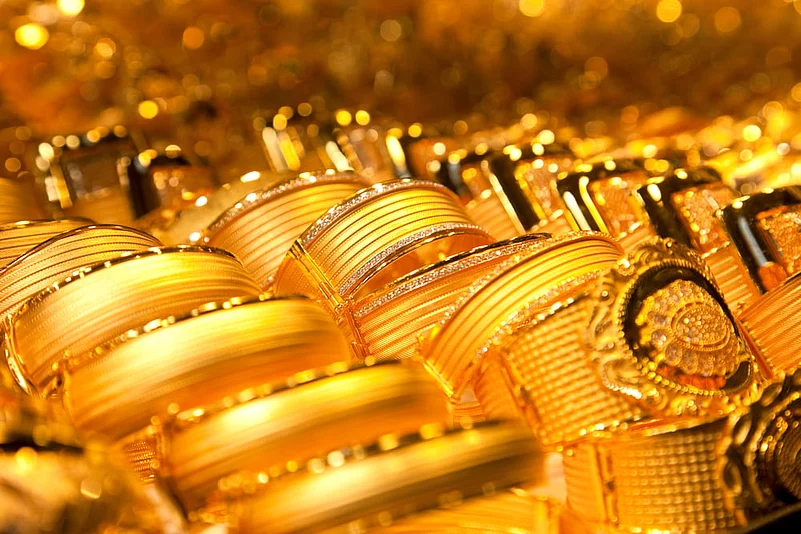The purity of gold sold has always been of concern for household consumers in India. Some consumers recently complained about jewellers charging a premium for hallmarked jewellery. A recent survey by LocalCircles reveals that 71 per cent of people had to pay 10 per cent or more to buy hallmarked gold in the last 12 months. The data shows 56 per cent paid 10-20 per cent more as an additional cost for hallmarked jewellery. While 15 per cent paid 0-10 per cent more as an additional cost, another 15 per cent spent more than 20 per cent cost for hallmarked jewellery. Only 14 per cent of those surveyed said they paid nothing extra for hallmarked jewellery.
The survey also found that 27 per cent of consumers who purchased gold jewellery found that it was not hallmarked despite it being mandatory in their district.
What is Hallmarking?
Hallmarking refers to the accurate determination and official recording of the proportionate content of precious metals such as gold and silver in precious metal articles. In India, hallmarks are used as official marks to guarantee the purity or fineness of precious metal articles. The hallmarking is not done by the jewellers but by BIS-recognized Assaying and Hallmarking Centres.
What are the charges to get gold jewellery hallmarked?
Hallmarking charges are meant to be paid per article. The amount is irrespective of the weight of the article. On March 4, 2022, the Bureau of Indian Standards (BIS) announced the hike in the hallmarking fee for gold jewellery and artefacts to Rs 45 per item from Rs 35. Hallmarking fees for silver jewellery and articles have also been raised to Rs 35 per item, from Rs 25. However, the minimum consignment fee for the hallmarking of gold and silver jewellery/artefacts has not been hiked.
Hallmarking charges for gold articles:
- Rs. 45/- per article
- Minimum charges for a consignment shall be Rs. 200/- (Services Tax and other levies as applicable shall be extra)
Why hallmark your jewellery?
Hallmarking gives an assurance about the quality of gold or silver consumers purchase as every item carries a mark mentioning the purity of gold or silver used in making.
It is a significant means to protect consumers who earlier would just buy based on faith in the jeweller with chances of being cheated on or misled in their purchase. BIS, since the last few years, has been making hallmarking mandatory in a phased manner to ensure all the necessary infrastructure is created for the assaying of gold articles.
As per the LocalSurvey, the government plans to eventually make hallmarking of jewellery and other gold items mandatory in all 766 districts in the country. Hallmarking of gold items whether bar, coin, or jewellery is done with a six-digit alphanumeric Hallmark Unique Identification (HUID).
With the buying of gold largely being done by consumers in cash, reporting the fraud to local police meant creating more problems than getting redressal. Thus, hallmarking ensures people are aware of what they are buying and pay accordingly.
The six-digit HUID number is unique to each piece of gold. It avoids mis-selling, guarantees quality, and helps in tracing the item to the maker, whether handcrafted or machine-made.














